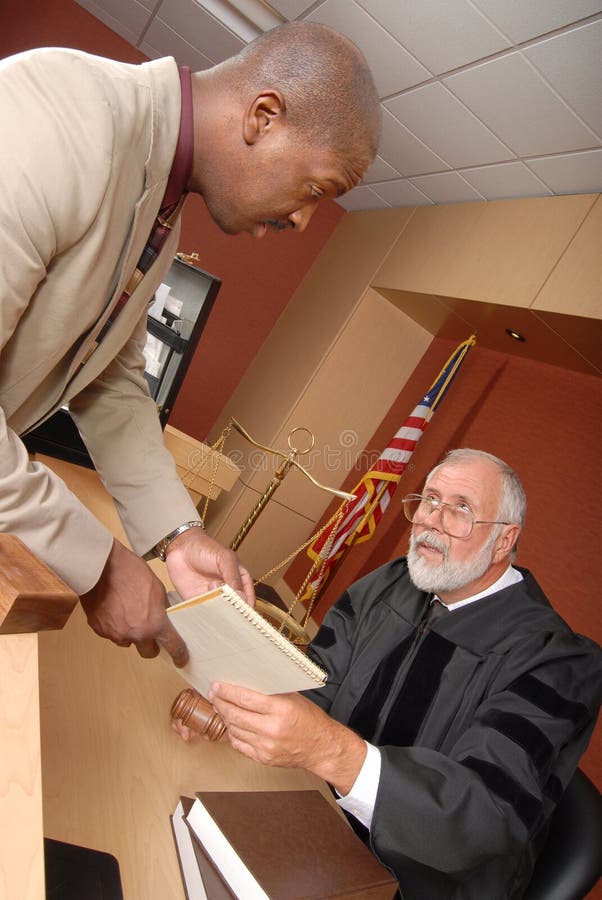Navigating Facility Situations: How to Create Efficient Trial Presentations for Optimum Results
Navigating Facility Situations: How to Create Efficient Trial Presentations for Optimum Results
Blog Article
Browsing the Complexities of Test Presentations: Tips for Seamless Shipment and Engaging Disagreements
In the world of legal proceedings, the art of trial presentation stands as a critical determinant of success. The intricacies fundamental in trial discussions need a fragile balance of ability, skill, and strategy.

Comprehending Test Purposes
To efficiently navigate a test, it is critical to have a clear understanding of the objectives that need to be accomplished. Prior to entering the courtroom, legal teams need to specify their objectives and wanted outcomes. These objectives function as directing concepts throughout the test, forming approaches and influencing decision-making procedures.
Recognizing test purposes entails a comprehensive analysis of the case, legal precedents, and the client's best interests. Trial Presentations. It requires a careful exam of the facts, identifying key issues, and anticipating potential challenges. By establishing quantifiable and certain objectives, lawyers can tailor their presentations and debates to straighten with the wanted outcomes
Furthermore, a clear grasp of test purposes makes it possible for legal teams to prioritize proof, witnesses, and lawful disagreements efficiently. It allows for the development of a systematic story that resonates with the judge and jury, enhancing the total situation presentation.

Organizing Evidence Properly
Having a clear understanding of test goals lays the structure for organizing proof successfully in legal proceedings - Trial Presentations. By aligning the discussion of proof with the desired outcomes of the test, legal teams can reinforce their arguments and boost their persuasiveness. One critical element of organizing proof is classification. Grouping proof based upon themes or significance to particular legal components can aid enhance the presentation and make intricate info much more absorbable for the judge or jury.
One more crucial element in organizing proof successfully is establishing a rational circulation. Providing proof in a sequential and systematic way can aid build an engaging narrative that supports the lawful disagreements being made. Additionally, utilizing aesthetic aids such as timelines, graphs, or charts can even more boost the organization of evidence and aid in clarifying complicated partnerships or sequences of events.
Moreover, ensuring that all evidence provided is acceptable and pertinent to the situation is essential. Pointless or inadmissible proof can interfere with the strength of the disagreement and possibly damage the trustworthiness of today celebration. A thorough testimonial and option procedure need to be taken on to consist of just the most legitimately audio and impactful proof in the trial presentation.
Crafting Influential Stories
Crafting compelling stories plays a critical duty in providing persuasive debates during lawful process. When constructing a story for a trial discussion, it is necessary to establish a clear story that highlights essential factors and connects them in a systematic manner. By weaving with each other evidence, testament, and legal disagreements into a convincing and cohesive narrative, lawful professionals can successfully advocate for their customers and increase the probability of a desirable result in the court room.
Mastering Aesthetic Aids
Efficient use visual aids is vital to enhancing the effect and quality of test presentations. Visual help, when made use of strategically, have the power to simplify intricate information, enhance bottom lines, and leave a long lasting impression on the discretionary. To grasp visual aids in trial discussions, it is critical to ensure that they are clear, concise, and pertinent to the debates being made.
When incorporating aesthetic help, such as graphes, charts, timelines, or photos, right into a trial discussion, it is vital to keep them visually appealing yet professional. The visuals ought to enhance the spoken debates, giving a graph of the information being talked about without overwhelming the audience with unnecessary details.
Furthermore, practicing with the visual aids beforehand is vital to make sure a seamless shipment during the trial. Acquainting oneself with the web content, changes, and timings of each aesthetic aid can assist maintain the flow of the discussion and protect against technological glitches that may arise.
Supplying Impactful Closing Debates
An engaging closing disagreement serves as the end result of a trial presentation, encapsulating the core story and encouraging the discretionary in the direction of a desirable decision. To deliver an impactful closing debate, it is critical to succinctly evaluate crucial points, highlight the toughness of your case, and address any kind anchor of weaknesses in a strategic fashion. Begin by detailing the main debates that support your client's setting, emphasizing why the proof provided throughout the test supports your narrative. It is vital to create a sense of communication and clarity, guiding the judge and court towards the wanted final thought.
Furthermore, integrating psychological allure can better reinforce your closing argument. Ultimately, a well-crafted closing argument ought to leave a long-term impression, compelling the judge and jury to rule in your client's support.
Conclusion
Finally, mastering trial presentations involves understanding objectives, organizing evidence, crafting blog here stories, making use of visual help, and providing impactful closing arguments. By applying these strategies properly, legal representatives can provide their instance flawlessly and make compelling disagreements in the court. It is important to browse the complexities of test discussions with accuracy and skill to accomplish success in lawful process.
By straightening the presentation of evidence with the wanted end results of the test, legal groups can enhance their arguments and enhance their persuasiveness (Trial Presentations). To understand aesthetic aids in test presentations, it is crucial to guarantee that they are clear, concise, and relevant to the debates being made
An engaging closing disagreement offers as the culmination of a trial discussion, encapsulating the core narrative and persuading the judge and court in the direction of a beneficial decision. Begin by laying out the primary arguments that sustain your client's placement, highlighting why the their website evidence offered throughout the trial sustains your narrative.In verdict, grasping trial presentations includes understanding purposes, organizing proof, crafting narratives, making use of visual help, and delivering impactful closing debates.
Report this page